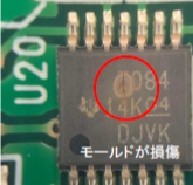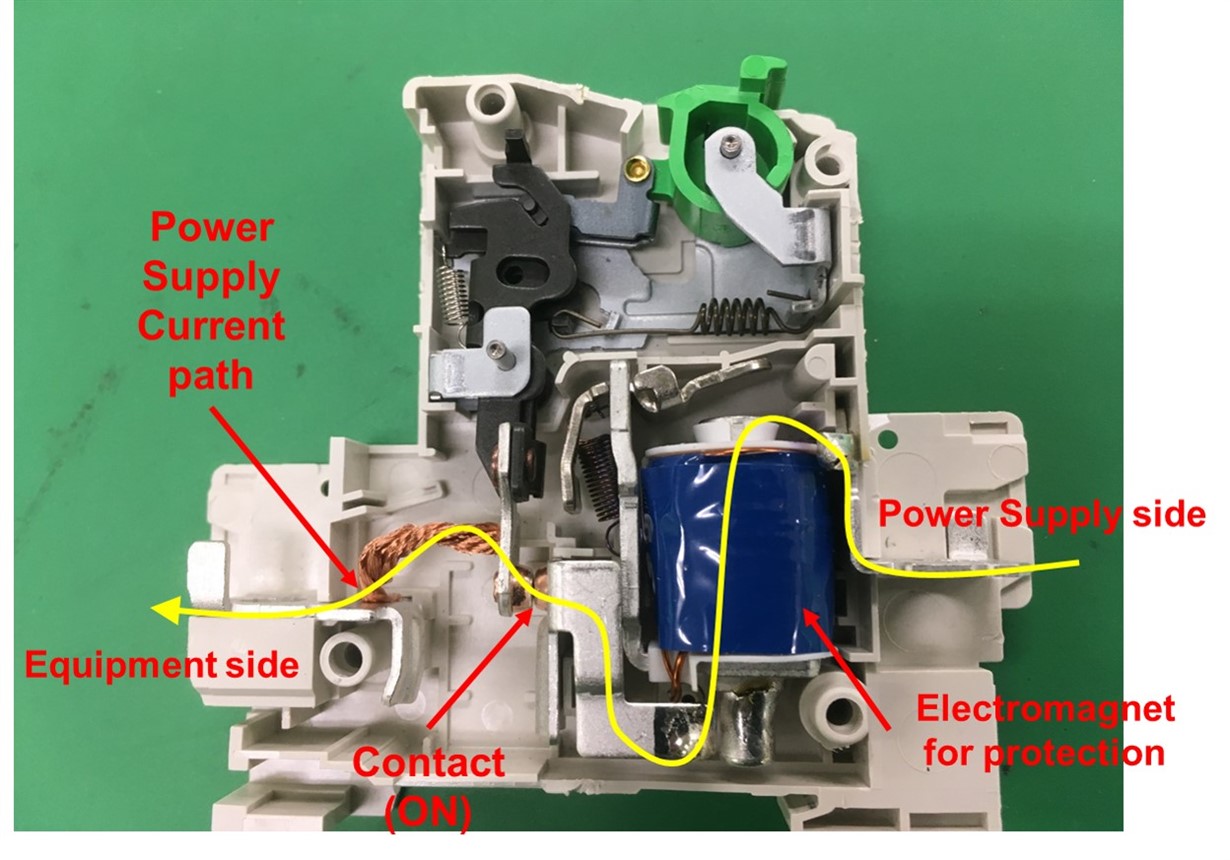Other Parts Discussed in Thread: LM324
Hi sir,
Please I greatly appreciate if possible to have information on latch up data for TL084.
Our equipment delivered to our cusomer had a trouble and returned to us. Two chips of TL084 were burned out and looks due to latch up.
regards,
hideki



